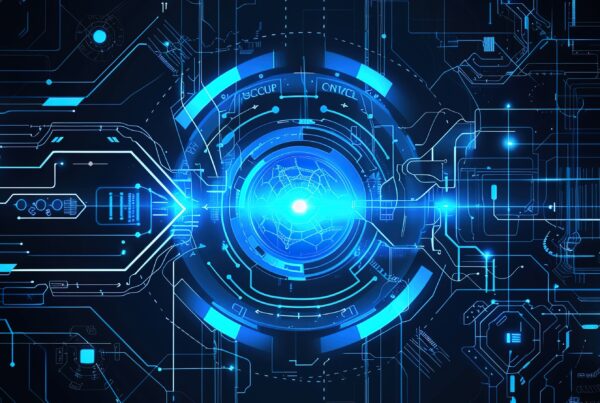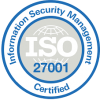Governance, Risk Management, and Compliance (GRC) in higher education presents unique challenges due to the complex, dynamic, and highly regulated environments in which they operate. Crafting a coherent strategy, adopting streamlined processes, and leveraging appropriate GRC technology are paramount to charting a successful risk and compliance course that maintains an institution’s integrity, reputation, and resources.
Challenges of GRC in Higher Education
Higher education institutions often cross multiple frameworks and their governance structures are complex, leading to specific struggles when implementing an effective GRC strategy. To effectively maintain a sense of order, transparency, and a level of practical accountability within the scope of GRC, the following challenges must first be addressed:
- Diverse Regulatory Landscape. Higher education institutions are subject to local, state, federal, and international regulations. Navigating these multifaceted legal requirements, from data protection laws to financial compliance standards, can be daunting.
- Decentralized Structures. Universities often operate with a decentralized structure, challenging consistent governance, risk management, and compliance implementations across these structures. Different departments or faculties may have separate administrations, complicating the enforcement of universal GRC standards.
- Dynamic Risk Environment. With ever-changing technological landscapes, intellectual property concerns, and the sensitivities surrounding student data, institutions must continually reassess and mitigate emerging risks. The risk exposure spans out in every direction, given the diverse students, entities, and third parties comprising these institutions.
- Resource Constraints. Many higher education institutions face tight budgets and resource constraints, impeding their ability to invest in robust GRC frameworks and technologies.
- Stakeholder Engagement. Engaging various stakeholders, including students, faculty, staff, alums, and donors, in compliance initiatives is crucial but challenging due to differing interests and expectations.
Developing a Coordinated GRC Strategy in Higher Education
While these challenges are formidable, higher education institutions can resolve these issues by charting a clearly defined strategy that addresses GRC across the entire complex, diverse, and sometimes autonomous institution.
Here are four critical areas to address:
- Integrated GRC Strategy and Framework. Institutions should develop a holistic GRC strategy with participation across its decentralized structures. A winning design requires central coordination but federated participation in the strategy and framework and supporting technology architecture. The goal is to collaboratively define a strategy integrating governance, risk management, and compliance activities across all departments and units, including a hierarchy of GRC objectives that aligns the distributed decentralized entities with the institution’s strategic GRC objectives and vision. The approach needs to be collaborative and foster open communication and cooperation among the various institutional arms.
- Streamlined GRC Processes. Next, the institution needs to implement streamlined, standardized GRC processes that facilitate ease of compliance and risk management while accommodating the unique needs of different departments. The process starts by conducting a comprehensive risk and compliance assessment to identify and mitigate potential threats across these entities and the institution. The organization should also aim to have clear, consistent GRC policies and procedures that guide staff and faculty in maintaining compliance and managing risks.
- Unified GRC Technology Architecture. Unified architecture cannot be executed in documents, spreadsheets, and emails . . . that is the inevitability of failure. Institutions need to invest in appropriate GRC technology that ensures the institution operates efficiently, ethically, and by the law. The goal is to automate repetitive, time-consuming GRC tasks, allowing staff to focus on strategic initiatives. GRC technology must have robust data analytics tools to monitor, analyze, and report on compliance and risk data, supporting informed decision-making at the institutional level and across decentralized and distributed departments.
- Continuous GRC Improvement. One thing is certain; a GRC program in higher education institutions is not static. It must be agile and continuously improving to keep abreast of a changing and diverse institution and its components. Agility includes fostering a culture of continuous GRC improvement and learning within the institution’s GRC framework. Regular training sessions and awareness campaigns are needed to ensure all stakeholders understand their roles and responsibilities in GRC. It is also critical that a GRC feedback mechanism is in place to establish a channel for receiving and addressing feedback and concerns related to governance, risk, and compliance.
The multifaceted challenges of Governance, Risk Management, and Compliance in higher education require a coordinated, strategic, and automated approach to GRC with a technology solution adaptable to the complexities of these institutions.
By developing an integrated GRC framework, implementing streamlined GRC processes, investing in appropriate GRC technology, and promoting continuous GRC improvement, higher education institutions can create a robust, responsive GRC system that safeguards their reputation, assets, and stakeholder interests while facilitating compliance with the myriad of regulations they face. Through this orchestrated effort, higher education institutions protect themselves and foster an environment of trust, accountability, and excellence that benefits all.
Guest blog post by: Michael Rasmussen






